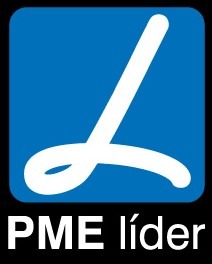SAFETY
High quality, secure and ecological fireplaces
To offer you high quality fireplaces, GlammFire develops a rigorous set of methods and tests which assessing the characteristics and capabilities of functioning, safety and ecology, aiming the continuous improvement of its Quality and Environment Management System.
Design
Before one fireplace be completely prepared for use its whole design is studied to ensure the best adaptability and income. Several criteria are considered to develop the product among which stands out the stability and consequently its analysis and evaluation:
- Tilt – Tilt tests are performed in order to evaluate the susceptibility of fuel spillage and fall of the fireplace;
- Mounting – Follow strictly the indications of assembly described in our instruction manuals. They are defined after the realization of several tension tests, so its compliance ensures a secure and effective installation. In the cases of wall and ceiling mounted fireplaces is extremely important to ensure that the mounting system is resistant enough to the fireplace does not fall off the wall or ceiling;
- Shock – Sometimes accidental impacts or shocks may occur with your fireplace. At GlammFire we consider the realization of the “shock test”, which diagnoses the vulnerability and reaction of a fireplace to the shock.
Tests
Our tests are performed pre and post -installation of fireplaces as described in our instruction manuals, where is evaluated the flame performance and temperature either on the fireplace surfaces, either on adjacent walls (in the case of wall mounted fireplaces).
MEASURES
Our testing methods define different measures that are taken if the test results do not fit within the parameter settings defined by our Quality and Environment Policy.
The scope of these measures considers aspects such as temperature [obtained either on the surfaces of the fireplace, or on the adjacent walls where it is installed (in the case of wall mounted fireplaces)], the concentrations of CO and CO2 registered and the analysis of fuel, either before, either then the combustion to determine its fluidity and density.
Quality and Environmental Policy
Since its inception, GlammFire has developed and refined its expertise to ensure the excellence of its products as well as the high quality of services provided to its customers, through a development strategy that integrates a commitment to environmental preservation. Focused on developing high-quality and sustainable fireplaces, the Management highlights the following guiding objectives of the company:
Design & Innovation | Customer Satisfaction | Product Quality | Environmental Preservation
Aware of the current environmental paradigm, GlammFire has been implementing a set of best environmental practices necessary to ensure the rational use of energy resources, the reduction of atmospheric emissions, and the promotion of appropriate waste management.
Thus, the Management is committed to complying with all environmental legislation and regulations, legal and normative requirements associated with the product, and providing a working environment free from any form of discrimination, thereby ensuring the continuous improvement of the Quality and Environmental Management System.
SUPPLIER EVALUATION
As an ISO 9001:2015 certified company, GlammFire evaluates its suppliers every year, taking into account the following parameters:
– Fundamental parameters: product quality; price; delivery time; payment terms.
– Preferred parameter: ISO 9001:2015 certified company.
NORMS AND CERTIFICATIONS
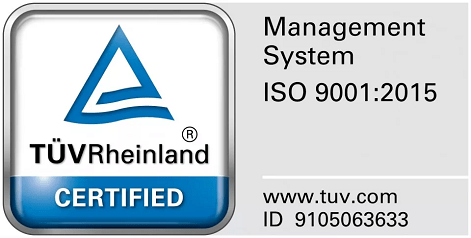
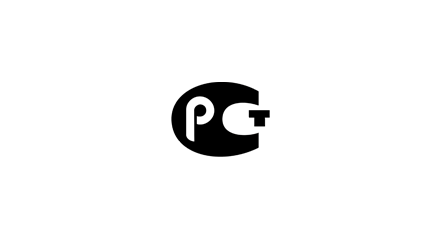
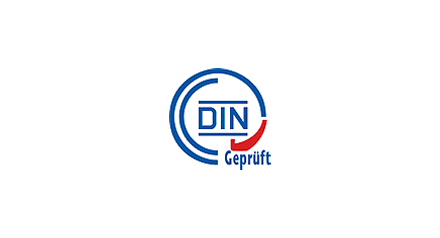
TÜV RHEINLAND CERTIFICATION
The Quality Management and Environment System certification, obtained according to the ISO 9001:2015 and ISO 14001:2004 norms, certifies the high quality standards used in product development and manufacturing, as well as the global methodology of the company that secures the confidence of our customers and the demanding respect for the environment.
СЕРТИФИКАТ СООТВЕТСТВИЯ - RUSSIAN CONFORMITY CERTIFICATION
This certification confirms the adequacy of quality and safety of our products established for the applicable standards to GOST, GOST R, GOST R IEC, ISO, etc., regulations.
DIN 4734
All our mechanical burners are developed in accordance with German Norm DIN 4734.
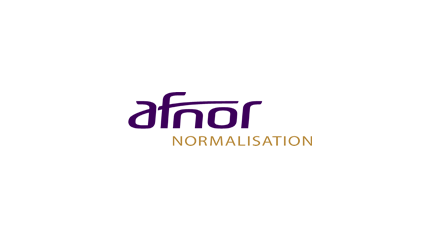
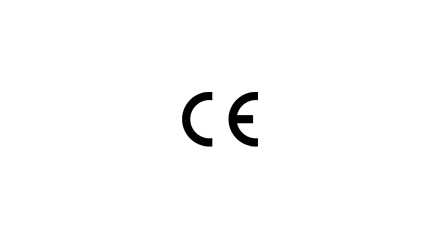
NF D35-386
All our electronic burners are developed in accordance with French Norm D35 -386.
CE
Our electric fireplaces comply with the European Safety Standards EN60335-2-30 and the European Standard Electromagnetic Compatibility (EMC) EN55014, EN60555-2 and EN60555-3. These cover the essential requirements of EEC Directives 2014/35/UE and 2014/30/EU.
NORMS AND CERTIFICATIONS

TÜV RHEINLAND CERTIFICATION
The Quality Management and Environment System certification, obtained according to the ISO 9001:2015 and ISO 14001:2004 norms, certifies the high quality standards used in product development and manufacturing, as well as the global methodology of the company that secures the confidence of our customers and the demanding respect for the environment.

СЕРТИФИКАТ СООТВЕТСТВИЯ - RUSSIAN CONFORMITY CERTIFICATION
This certification confirms the adequacy of quality and safety of our products established for the applicable standards to GOST, GOST R, GOST R IEC, ISO, etc., regulations.

DIN 4734
All our mechanical burners are developed in accordance with German Norm DIN 4734.

NF D35-386
All our electronic burners are developed in accordance with French Norm D35 -386.

CE
Our electric fireplaces comply with the European Safety Standards EN60335-2-30 and the European Standard Electromagnetic Compatibility (EMC) EN55014, EN60555-2 and EN60555-3. These cover the essential requirements of EEC Directives 2014/35/UE and 2014/30/EU.

